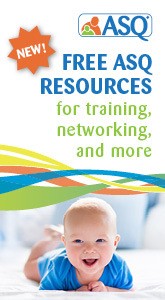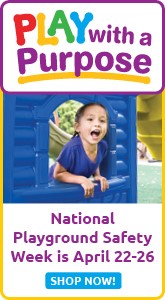Children Develop Math Skills Naturally
Mary MacCrackent
In the book, Growing with Nature, many stories are shared of ways teachers are supporting young children’s mathematical learning through natural outdoor classrooms. After each story, the book’s editors, Christine Kiewra and Tina Reeble, shared insights about the story’s deeper meaning. Here are two examples:
Elena Otto, Kids and Company Childcare at Lakeshore Learning Materials, Carson, CA contributed a story she called, The Value of Rocks: “We encourage all of our toddlers to build with, carry, sort, and move the rocks in our Garden Area. We know that this feels like real work to them, which it is because these kinds of experiences are actually helping the toddlers to internalize understandings of classification, pattern, and number concepts.
Insights: By documenting seemingly simple experiences with rocks, teachers came to understand the important math concepts being developed, even though children did not yet have the vocabulary to describe their thinking.”
Caitlin Bouse, Elmhurst Academy of Early Learning, Elmhurst Illinois, shared a story she called Sand Rivers, illustrating how young elementary students used mathematical thinking during a large construction project. “Impressed by the large-scale project work of author and artist Andy Goldsworthy, our class worked collaboratively to create a large ‘sand river.’ First, children looked at pictures of similar works from Goldsworthy and then discussed the tools they would need for such a big job. After gathering everything from the outdoor classroom’s storage area, the children eagerly got to work digging. Once the installation was completed, the students were observed walking along the river path and [then lying down and] measuring it with their bodies. This activity fostered the children’s visual/spatial and kinesthetic learning by encouraging them to look at the world from different perspectives, and it strengthened their mathematical thinking as they explored size relationships.
Insights: Children needed something readily available, flexible, and meaningful with which to measure the scale of their project. Their bodies turned out to be just the right tool for this kind of measurement!”
For more information about Exchange's magazine, books, and other products pertaining to ECE, go to www.ccie.com.
|
© 2005 Child Care Information Exchange - All Rights Reserved | Contact Us | Return to Site


